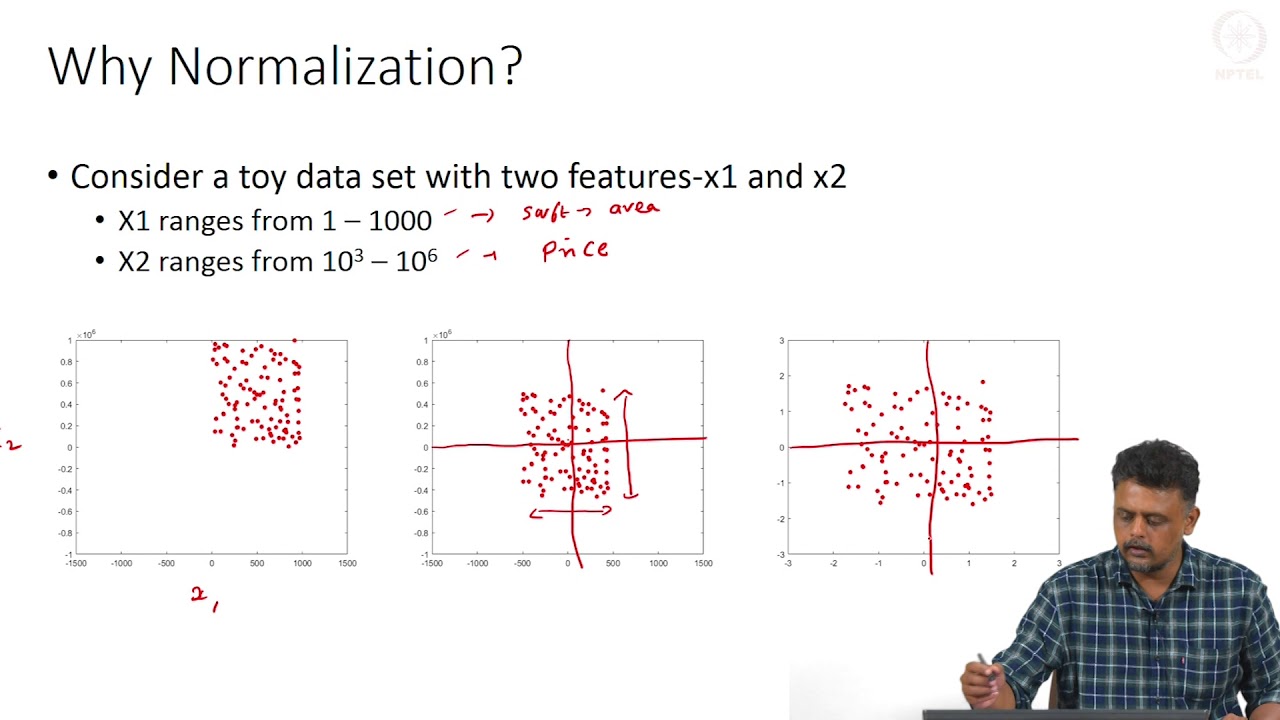Data normalization is the process of transforming a set of data from its current format into a more structured state. It is typically used to achieve database integrity and reduce redundancy in a database system. Data normalization is also known as data regularization, data denormalization, record standardization and record format conversion.
Data normalization involves organizing data into separate, related tables. It helps eliminate data redundancy and inconsistent dependency while making the data more efficient and easier to maintain. The goal of data normalization is to have the data elements form a single, unified table. It eliminates duplicate fields that are repeated in multiple tables and makes data easier to update and maintain.
Data normalization is used in database design to improve the performance of a system. It is also used in data mining and data warehousing to increase the speed and precision when querying large databases. It helps reduce the database size and the time needed for query optimization. Data normalization simplifies database management and make it easier for new members of the team to understand and work with.
Data normalization is a complex process and often requires the help of experienced database administrators. It involves multiple steps and several passes to reduce the redundancy and complexity of a database. It is important to understand what types of data need to be normalized and the techniques available to identify and resolve these issues. Data normalization can save time, money and resources in the long run, but requires a dedicated effort.





